Now we have had the opportunity to try out a Ford Focus FCV on the roads around the Dunton Technical Centre in Essex and find out more about this innovative technology and the benefits it could bring to running environmentally-friendly vehicles.
How fuel cells work
Ford is working in co-operation with fuel cell specialist Ballard Electric Drives & Power Conversion Systems, a firm which is also working with DaimlerChrysler on its hydrogen-powered cars.
A fuel cell vehicle is a chemistry lesson on wheels. Basically, the core element of a fuel cell is a thin plastic sheet – the membrane – which will only allow particles of a certain size through. It will allow hydrogen atoms to pass through it, but not larger protons like air molecules.
On each side of the membrane are two gas chambers, one filled with hydrogen and one with humid air. The membrane is coated with platinum, which acts as a catalyser.
When hydrogen is pumped against the platinum, the hydrogen molecules disconnect from their electrons. The electrons collect in the platinum and are combined to create the electric current as they pass by the electric motor.
Meanwhile, the hydrogen molecule makes its way across the membrane, hits the air, reacts with the oxygen and becomes water. After giving up their power, the electrons are passed into the platinum electrode on the air side and are absorbed into the water. Water is the only emission from the car.
A single fuel cell creates 1.1 volts, and it takes around 400 cells bundled together in a stack to create enough electric power for a car. Fuel cell stacks have become increasingly compact, with the stack in the Focus situated under the front seats.
Creating more power is relatively simple and efficient, as valves in each gas chamber allow more hydrogen and air in. Getting this instant dose of power without any turbo lag is key to creating a product people will want to drive, so when large demands are made of the stack, a battery will help it to provide instant acceleration.
How far it goes
Fuel cells use hydrogen at the equivalent of 60mpg on a typical combined cycle, because the system is inherently efficient. Whereas the standard efficiency of a diesel engine sees it convert around 20% of its energy into power and a petrol engine 15% under normal driving conditions, a fuel cell – along with its battery booster – will convert around 60%.
A difficulty is storing large amounts of hydrogen in a vehicle.
Range for the Focus FCV is around 190 miles, using a tank that stores around 174 litres of hydrogen, the energy equivalent to 15 litres of petrol, at very high pressure of around 5,000 pounds per square inch.
This means it needs a very large tank capable of storing the fuel at those pressures. It sits in the boot and takes up much of the space available. Another problem to be overcome is cold weather. Fuel cell systems, with water as a main by-product, cannot be started in sub zero conditions, although Ford claims its car will run temperatures down to –5 degrees celsius, but it has to be stored and started indoors.
On the road
The Focus FCV looks like a standard American Focus saloon, but appearances can be deceptive. Because of the extra weight of the fuel tank and stack, Ford has lightened the vehicle with doors, bonnet and large segments of the underbody made of aluminium. Thin, high-strength glass has been used in the windows and combined, these measures reduce the overall weight by around 300kg.
Sit in the driver's seat and there is nothing to suggest you are about to drive one of the world's most advanced cars: no touch screens, talking computers or odd levers or buttons. Just a plain old Focus dashboard. There is no rev counter though.
That has been replaced with a dial that reads 'off', 'shut down', 'start up' and 'run'.
Turn the key and the needle swings to 'start up', then after a few moments it swings to 'run'. Apart from the high whine of the compressor, there is nothing else to suggest the car is ready to go.
Stick the car in drive on the automatic box, press the accelerator, hear the whine grow and off you go.
This is a heavy car, at around 1,600kg, but with maximum torque of 170lb-ft available almost immediately, plus help from the 216 volt, 25bhp battery, pick-up is surprisingly good. The 92bhp Ballard 902 fuel stack can push the car up to a speed of 80mph, where it has been capped for the moment.
On the road, the whine of the compressor dies away to a less annoying whisper and the car will cruise along happily at 50-60mph. It is not a great deal of fun to drive though – the extremely soft springing from the American donor car means it is not the sort of vehicle to hustle along.
Combine that with the fear of one of the many clapped-out Escorts on Essex's roads ploughing into the side of Ford's multi-million dollar treasure and I was happy enough to find out it worked well, and was relieved to return to the safety of the Dunton Technical Centre.
What the drive did prove is that, like GM's Zafira and Mercedes Benz's A-class, these cars are close to being ready for everyday use.
Now all it needs is a hydrogen refuelling infrastructure, longer range, more power, less weight and to persuade the public of its safety. It will be long and winding road.



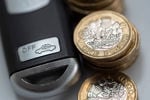
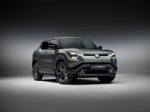
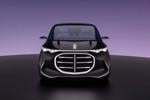

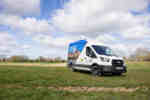





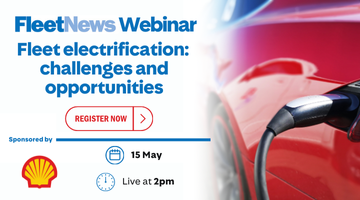


Login to comment
Comments
No comments have been made yet.